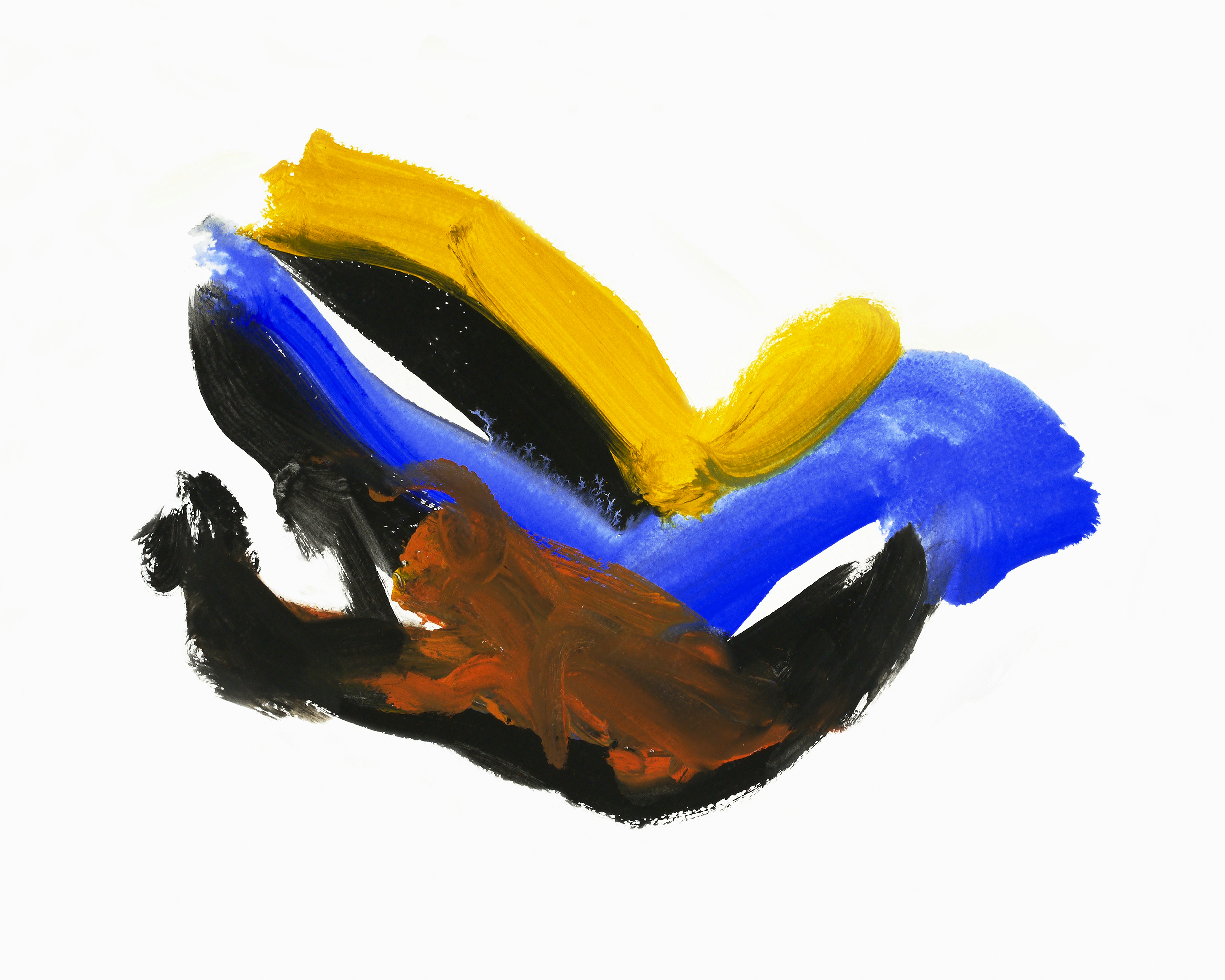Have you ever wondered how your body would respond if you switched from the warmth of hot therapy to the refreshing chill of cold therapy? The transition between hot and cold therapy sessions can be a fascinating journey for those exploring new avenues for health and wellness. This change isn’t just a matter of preference but also comes with a variety of benefits, depending on how and why you make the transition.
Understanding Hot Therapy
Hot therapy, often referred to as thermotherapy, involves using heat to treat various ailments. Its application can be traced back to ancient civilizations, and today it’s still a popular way to alleviate pain and promote healing.
The Science Behind Heat
Heat therapy works by increasing blood flow and circulation to a specific area due to an increase in temperature. This not only helps in delivering more oxygen and nutrients to the site but also aids in relaxing muscles and soothing discomfort. Heat can also reduce joint stiffness, making it quite effective for individuals with chronic conditions like arthritis.
Types of Heat Therapy
There are several ways you can incorporate heat therapy into your routine:
- Hot Packs: Convenient and easy to use, you can apply these directly to the affected area.
- Warm Baths: Submerging in warm water can provide broader relief, especially for large body areas.
- Infrared Heating Pads: These provide deeper penetration than traditional hot packs.
Exploring Cold Therapy
Cold therapy, scientifically known as cryotherapy, involves applying cold to injured or painful areas of the body. It’s a method commonly used by athletes and those recovering from surgery to reduce inflammation and numb pain.
How Cold Therapy Works
The application of cold causes blood vessels in the affected area to constrict, reducing blood flow and swelling. After removing the cold stimulus, as the area warms up again, blood vessels dilate, and an influx of healing nutrients occurs.
Different Forms of Cold Therapy
Cold therapy can be administered in a variety of ways, including:
- Ice Packs: Simple and effective, ice packs can easily be fashioned from frozen water or specialized gel packs.
- Ice Baths: Particularly popular among athletes, they reduce inflammation over large body regions.
- Cold Showers or Cold Water Immersion: These are great for recovery and even mental health benefits, like improving mood and alertness.
Benefits of Transitioning from Hot to Cold Therapy
Integrating both hot and cold therapies can bring about a range of advantages for the body. Here’s how each can support your health:
Enhanced Circulation
By alternating between hot and cold therapy, you encourage your blood vessels to dilate and contract, significantly improving overall circulation. This helps your body to efficiently transport nutrients and clear out toxins.
Reduced Muscle Soreness
Combining these therapies can minimize muscle soreness and speed up recovery after intense physical activity. The heat relaxes and loosens tissues, while the cold helps prevent lingering inflammation.
Pain Relief and Relaxation
The sequential application of heat and cold can provide a greater sense of pain relief and relaxation compared to using either method alone. It’s an effective approach for chronic pain management.
How to Make the Transition Safe and Effective
Shifting between hot and cold therapy requires careful consideration, especially if you are new to these treatments. Here’s how to do it safely:
Timing the Transition
Make sure to give your body adequate time to adapt to each therapy. Typically, 15-20 minutes of hot therapy followed by a similar duration of cold therapy works well for most people.
Monitoring Your Body’s Reaction
Be attentive to how your body responds during the process. If you experience discomfort such as extreme muscle cramps, dizziness, or skin irritation, stop the session immediately and consult with a healthcare professional.
Personalizing Your Approach
Everyone is different, and what’s therapeutic for one person might not be for another. Customize the process based on your specific needs, whether you’re focusing more on heat for muscle relaxation or cold for inflammation reduction.
Contraindications to Consider
Certain conditions, like diabetes or circulatory issues, might interfere with the safety of these therapies. Always consult your healthcare provider if you have medical concerns before starting.
Step-by-Step Transition Process
Creating a routine that seamlessly shifts from hot to cold therapy takes practice but can be incredibly rewarding. Follow this structured procedure for optimal results.
Preparing Your Environment
Ensure your setting allows easy access to both hot and cold options. If you are using a sauna or steam room for heat, make sure a cold shower or plunge pool is nearby. Gather all necessary items, like towels and timers.
Starting with Heat Therapy
- Apply Heat: Begin with applying your chosen heat therapy method. If using a bath, immerse yourself; if using a pack, apply it directly.
- Duration: Maintain the heat application for around 15-20 minutes.
- Breathing and Relaxation: During this time, focus on deep breathing to enhance relaxation.
Transitioning to Cold Therapy
- Switch to Cold: Quickly transition to your preferred cold therapy. A changeover of no more than five minutes after heat therapy ensures the process’s effectiveness.
- Application: Whether it’s an ice pack or a cold shower, make sure the cold treatment covers the previously heated area.
- Duration: Limit cold exposure to 10-15 minutes to prevent discomfort.
Repeat if Necessary
Consider repeating the cycle several times, allowing your body to acclimate over multiple sessions, maximizing the benefits.
Combining Therapies for Targeted Relief
For those struggling with specific issues, a more targeted approach may be needed.
Joint Pain and Arthritis
For conditions like arthritis, focus heat application on affected joints to ease stiffness, followed by cold therapy to manage swelling.
Athletic Recovery
Athletes might find alternating hot and cold therapies particularly beneficial after strenuous activities. This practice helps restore muscle function while reducing the risk of injury from overuse.
Everyday Aches and Pains
For generalized aches, a balanced routine alternating hot and cold can maintain muscle elasticity and reduce overall discomfort.
Incorporating Mindfulness
As you transition from hot to cold therapies, consider incorporating mindfulness to further enhance the experience.
Breathing Techniques
Practice breathing steadily and deeply as you alternate treatments. This not only helps ease the body into relaxation but also fosters a sense of mental clarity and calm.
Mindful Focus
Take this time to focus on how each therapy feels, the sensations on your skin, and how your muscles respond. Being aware of these changes can deepen the therapeutic outcome.
Monitoring Progress and Adjustments
Every different adjustment can play a significant role in how you experience these therapies. Make it a point to keep track of your sessions and outcomes.
Keeping a Journal
Document each session’s duration, techniques used, and how you felt before and afterward. Journaling can help identify patterns that work best for you.
Adjust as Needed
If you find one therapy gives more relief than the other, adjust the ratio of hot to cold therapy accordingly. Remember, it all depends on your unique body and needs.

FAQs about Transitioning Therapy
For those curious minds, here are answers to common queries surrounding this blended approach:
How Often Should I Transition Between Therapies?
Depending on your needs, you might find relief in doing this cycle a few times per week. Athletes typically engage more frequently, while others may find once a week sufficient.
Are There Risks Involved in Switching Therapies?
While generally safe, those with certain medical conditions should consult a professional. Risks include skin irritation and prolonged exposure which can cause adverse reactions.
Can I Use These Therapies at Home?
Absolutely, with most materials readily available, home-based therapy is both convenient and effective. Just ensure you’re aware of best practices to manage safety and effectiveness.
Conclusion
In summary, transitioning from hot to cold therapy sessions can be a deeply rewarding venture that encompasses both physical and mental well-being. While this exploration taps into the physiological benefits on offer, it also provides a chance to reconnect with your body in unique ways. So, while it requires a bit of patience and attentiveness, the rejuvenating effects you’ll achieve make the investment well worth it. Let your body guide you and enjoy the refreshing embrace of this time-honored practice.





